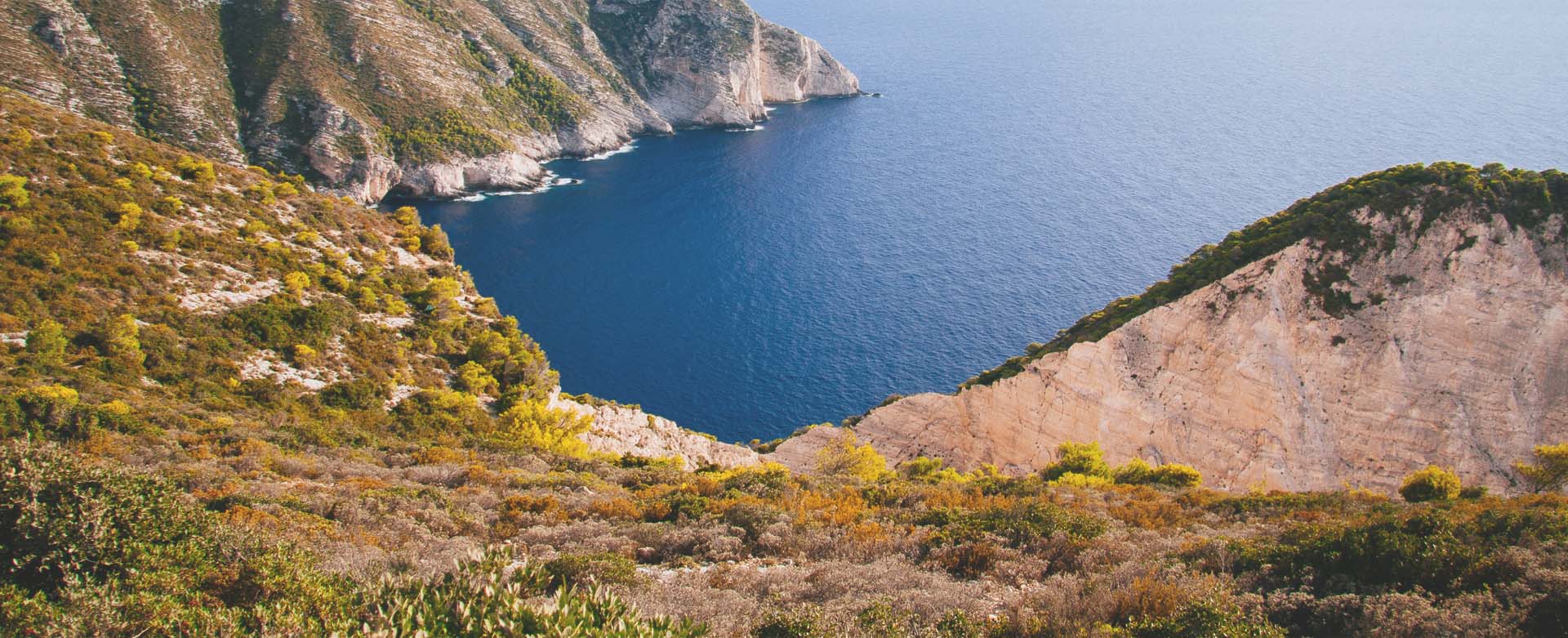Cefalù
Scholars are divided about the town's origins and date it was founded. There are many theories: one of the most widely held is that Cefalù was founded by the Phoenoecians, who - skilful seafarers that they were - would certainly have found it a most attractive place, with its safe creeks and abbundance of fresh water, lying halfway between Palermo and Messina, into the bargain.




Even the origin of the name "Cefalù" is uncertain. The punic name "Kefa" or the Greek one "Kefaloidion" (head) refer to the shape ... the name, Cefalù, comes from the Arabic word "Gaflud", which replaced the Latin name Coephaloedium.It must have been inhabited in the remotest ages. The oldest documentary evidence on the town dates back to the 4th c. b.C. when, in 307 b.C. Agathocles, a strategist from Syracuse, conquered Cefalù but it fell to the Romans 50 years later. In that period Cefalù had its own judges and high priest and indeed Cicero had to intervene on behalf of the town when it was under the governement of Verre. Little remains, on the other hand, of the Bizantine period, except for the battlements on the castle, a few cisternes, ovens, chapels, barracks and and remains at Gibilmanna, 14 kms from Cefalù, the site of the Shrine of Our Lady.
In 857 Cefalù fell to the Arabs. Little is left of that civilization and there are few extant documents to enable us to reconstruct the period. The next period, under the Normans, was Cefalù's golden age. Count Roger conquered it in 1063. Roger II, King of Sicily, rebuilt it on the seafront after 1131. It was then Cefalù acquired its masterpiece, The Cathedral-Basilica, designed by the Norman King as his own personal mausoleum, epitomizing all the cultures of the island: Arab, Byzantine and Latin-Gothic.



It is partly due to this cultural substrate that the people in Cefalù possess that warmth and kidness that are so appreciated by the many visitors who come here from every part of the world.

